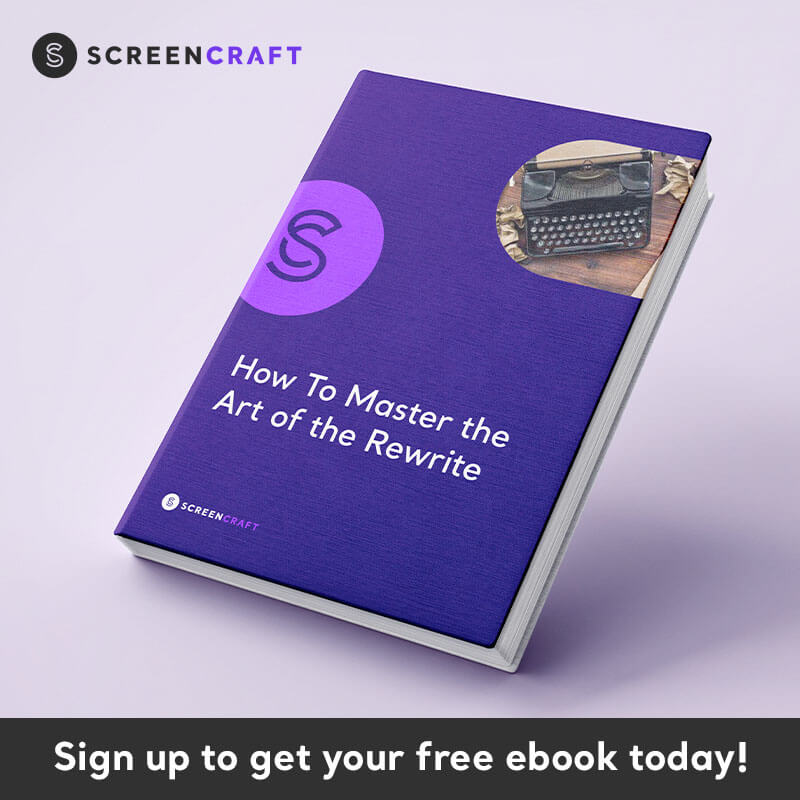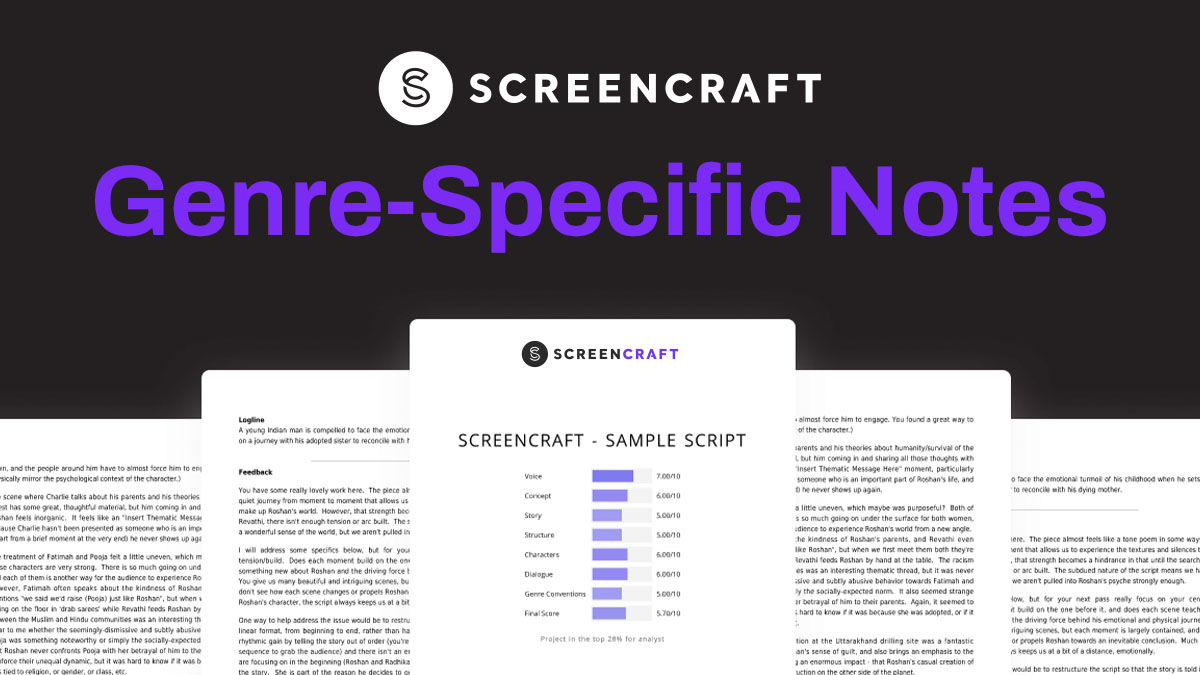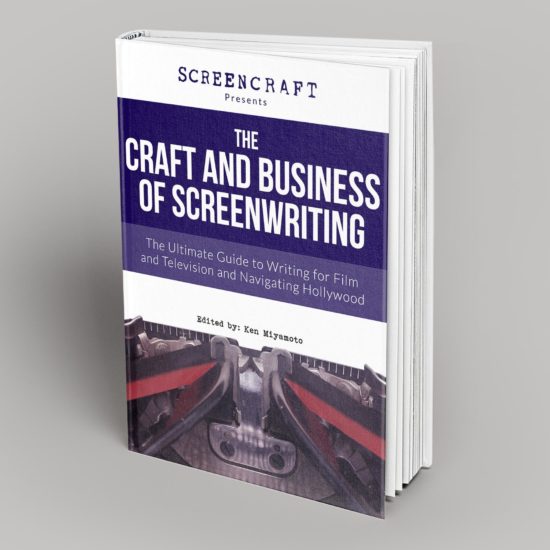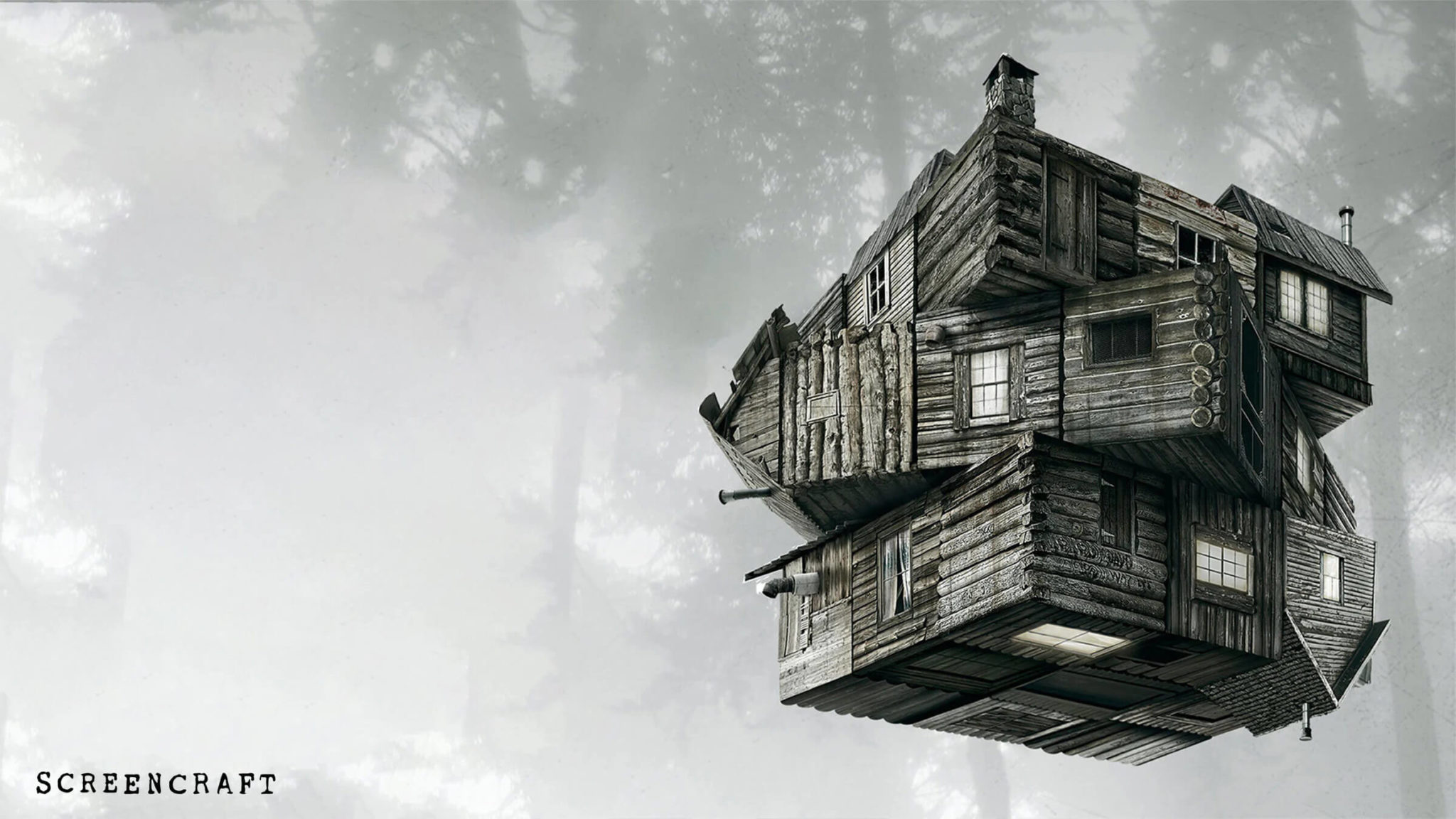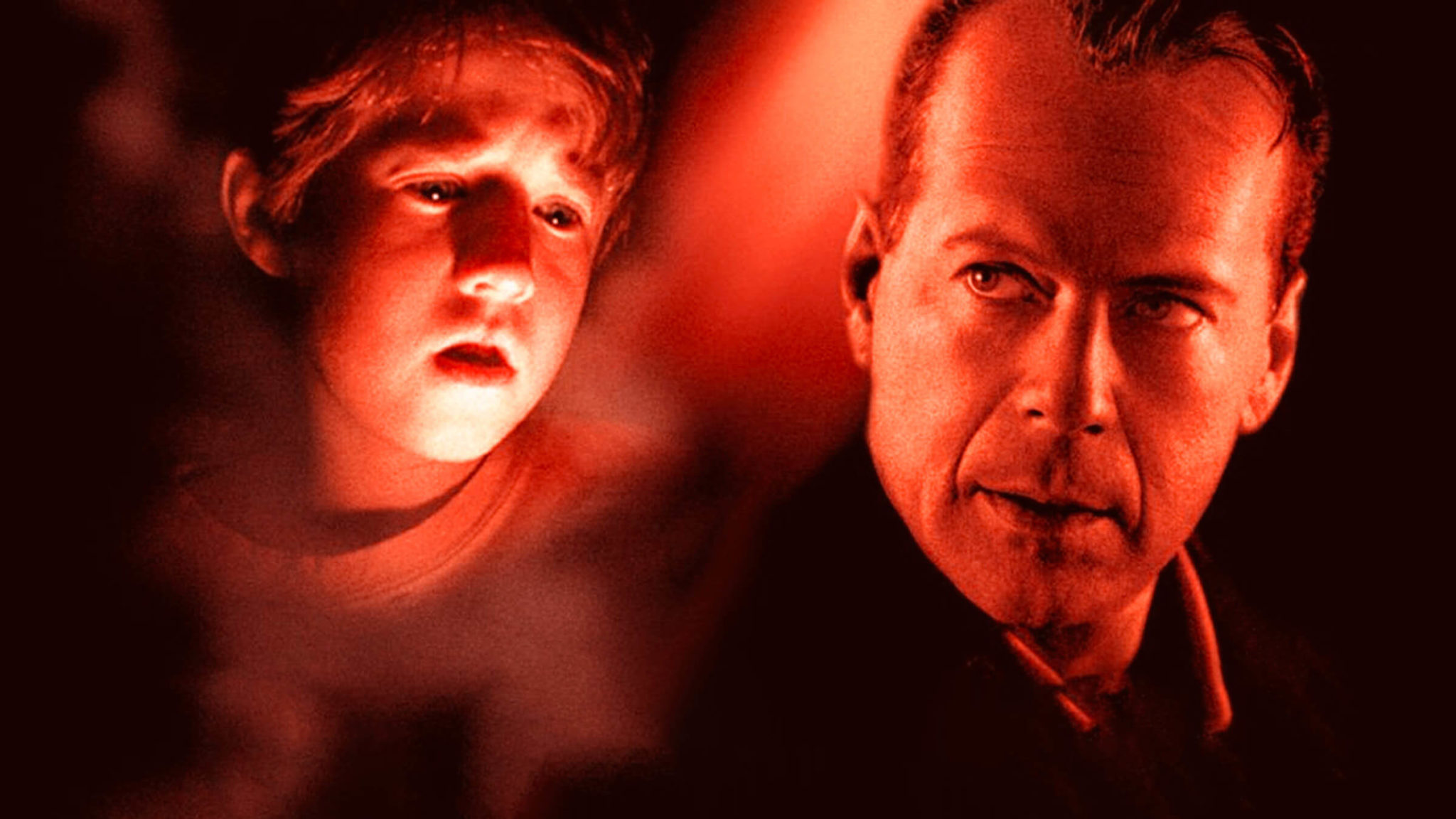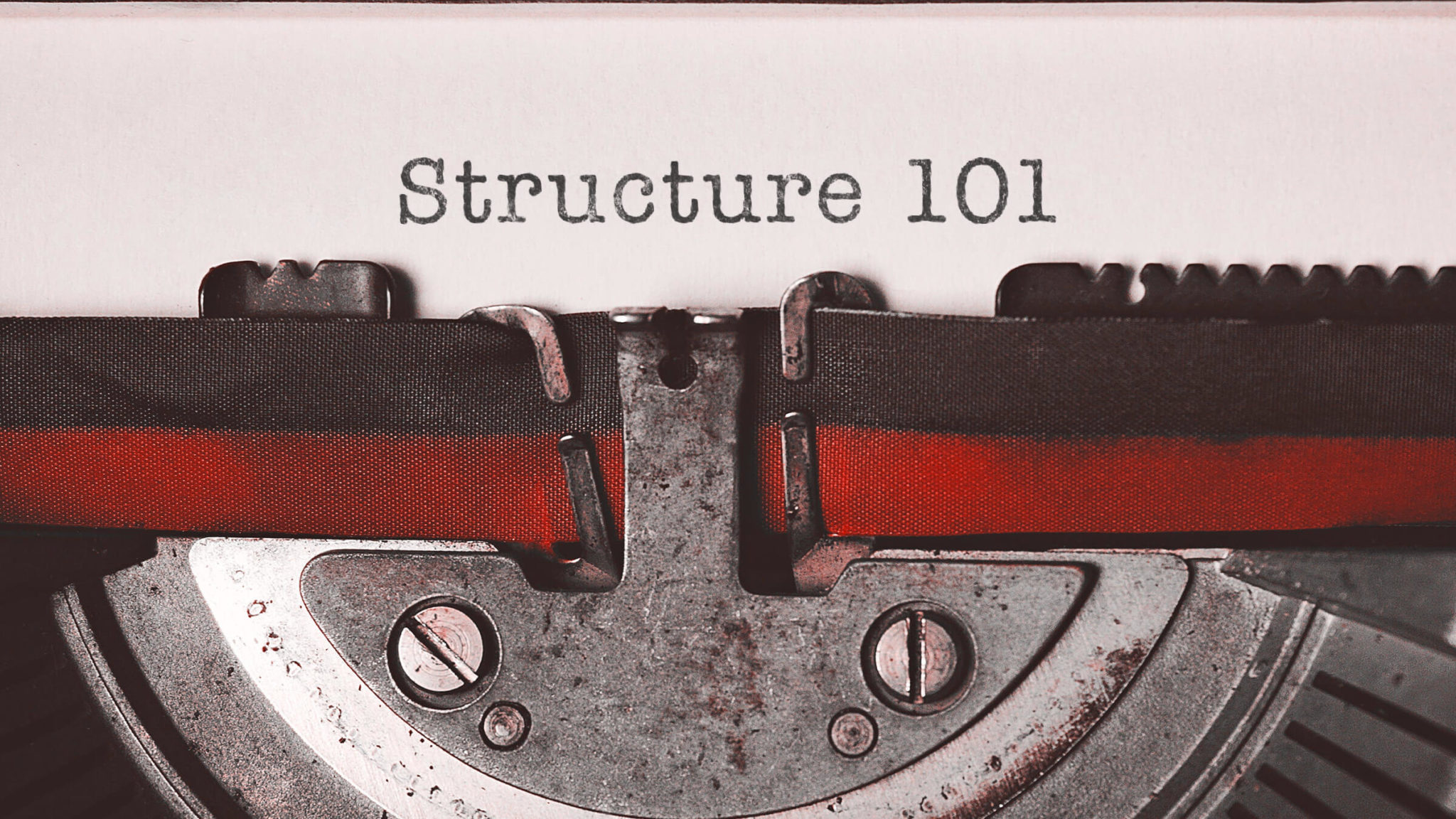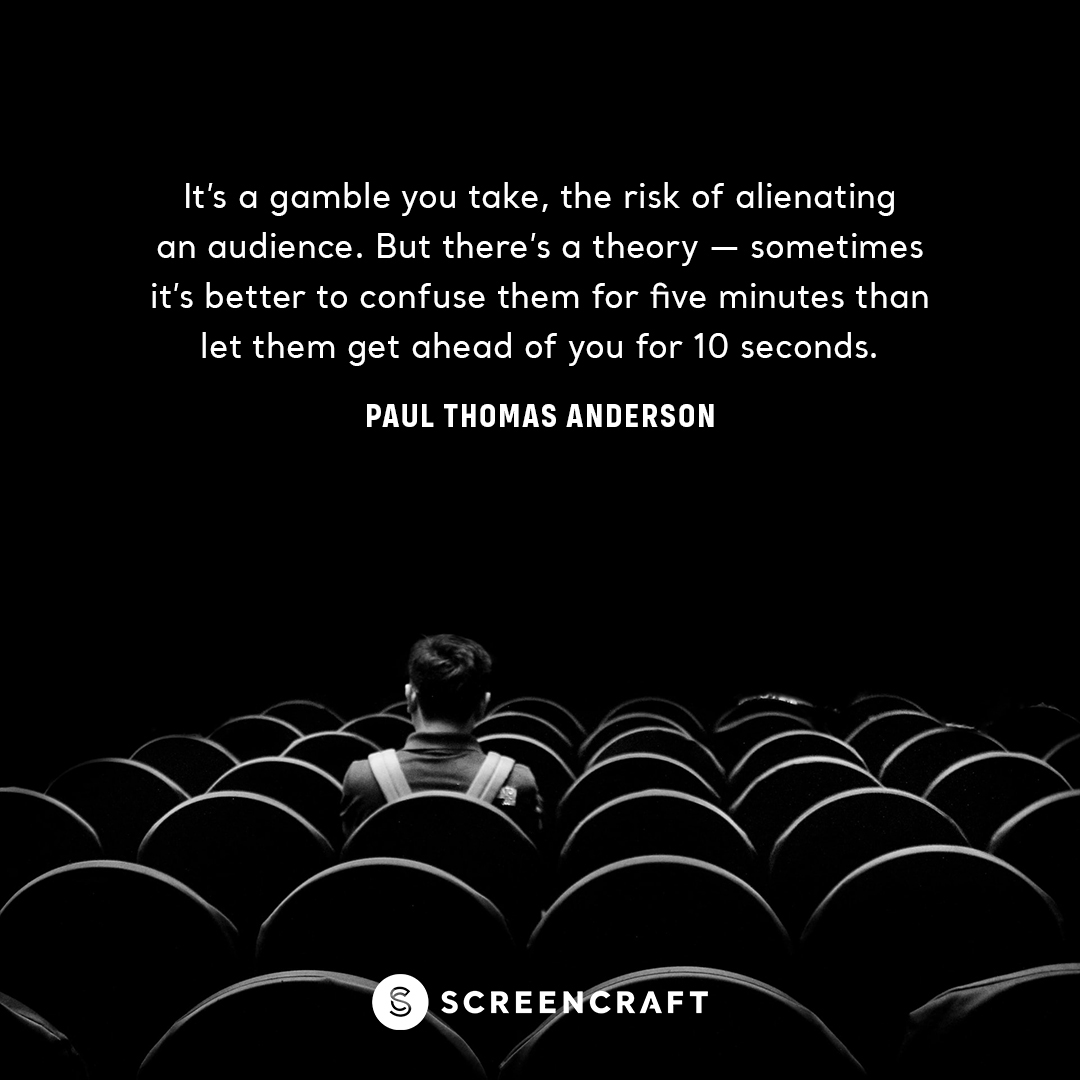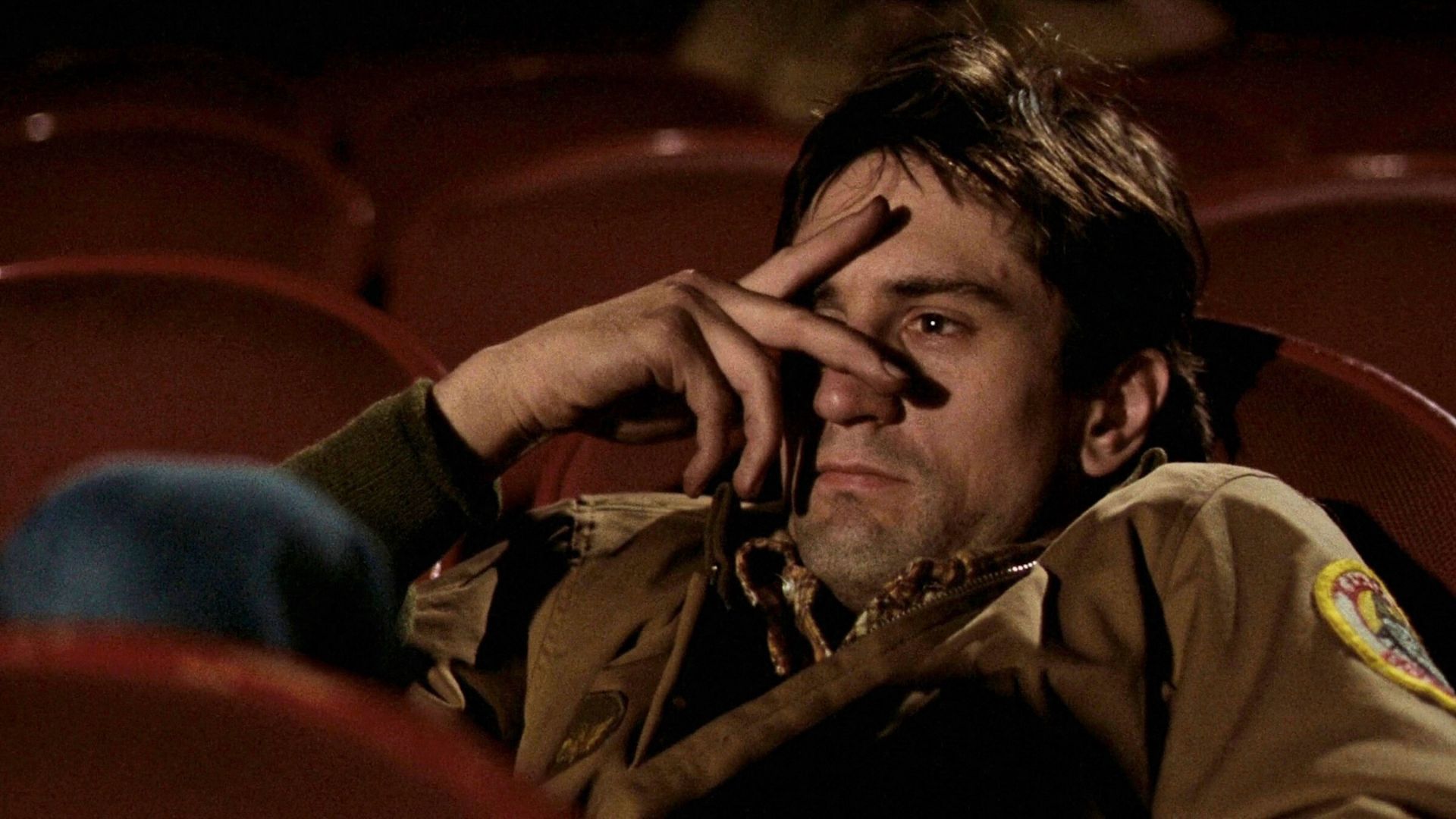How to Use Scene Breakdowns to Discover What Makes Scripts Tick

How can script scene breakdowns help screenwriters write more engaging and well-paced screenplays?
While there may not be a single formula or code for a successful screenplay or film, there's no escaping the fact that most movies utilize the same moving parts.
Movies within the same genre are differentiated more by how those parts are used — and to what extent. Little variances make a big difference and big variances can make a completely different type of film altogether.
One of the most valuable learning opportunities as a screenwriter is analyzing movies and breaking down screenplays scene-by-scene.
If you can get your hands on a screenplay that is a good archetype of what you're trying to do, a scene-by-scene breakdown will identify pacing positives and negatives, story flow, character arc flow, tone, atmosphere, and the presence of overarching theme.
There you can take bits and pieces of those moving parts to discover what makes those movies tic.
We turn to the Academy Originals video Creative Spark: Karen McCullah and Kirsten Smith and pull some of their best quotes about this scene-by-scene breakdown process that they use in their writing. We'll then offer our own elaboration on those wise words and further explore this helpful process that all screenwriters can utilize.
McCullah and Smith are the writers behind such hits as 10 Things I Hate About You and Legally Blonde. They are one of the most in-demand writing teams in Hollywood today.
"You can’t write a movie without watching tons of movies and deconstruct them and what makes them tick."
The first thing that you should do during the research and development phase of your screenwriting process is to study movies. This isn't about trying to copy them. It's about finding what makes these types of movies tick.
Every movie has its own moving parts — like a watch that utilizes multiple gears, springs, wheels, barrels, and so much more. These parts within a watch are used by all watches, albeit in a different way, depending on the size, model, and style.
Movies work the same way. Story points, types of characters, styles of dialogue, types of conflict, twists, turns, plants, and reveals can all be used differently to create particular structures, stories, and cinematic experiences.
So it's vital that you go to the well of cinematic greatness to cherry-pick the parts that will work best for your script — all while using them to create your own original piece of work.
"I find it helpful because when I watch a movie that’s a good archetypal movie for a project we’re working on, I’ll watch it and I’ll make notes on each single scene and pause the movie and write down each beat, and usually have like a 10-page document. The beat-by-beat of the movie."
This ingenious process will make you a better screenwriter. When you take the time to do the work, you'll be left with an invaluable document that works as a road map, showcasing you the directions that were taken and the choices that were made during the writing and producing of the movie.
You'll see where the story ebbs and flows. You'll see possible flaws that you would have handled differently. You'll get a sense of what it takes to structure a similar type of story.
If you really want to become a great screenwriter, you need to emulate the knowledge of a great watchmaker. They are perfectly aware of every single part of a watch, how the moving parts work, and what makes certain watches better or different from others.
Be a good metaphorical watchmaker. In essence, be a good movie maker.
"I feel like that’s just a really good way to learn the structure."
No single structure is the answer to every great screenplay. But studying the structures of produced screenplays can teach you how to create structures that work.
You can manipulate the parts of all screenplays and movies to create your own specific structure that exists because of the wants and needs of your story.
Go Into the Story has an excellent collection of movie script breakdowns from multiple genres.
How to Use Scene Breakdowns in Your Screenplays
This unique process can work for your own screenplays as well.
When you finish that first draft of your screenplay, step away from it for two weeks to a month. Don't think about it, talk about it, or share it. Take a vacation from the script and return with a fresh perspective.
You can then read it cover-to-cover. You'll be surprised how many flaws you find — plot holes, character inconsistencies, slow-paced sequences.
Then you can dive further into the script by creating a scene-by-scene breakdown.
Screenwriting software does this well. You can also manually break down your script using the same practices above — then rinse and repeat what you've done during your research and development phase with other movies and screenplays.
Find what's wrong with the script and make the proper adjustments to create a better structure that works.
Read ScreenCraft's 10 Screenplay Structures That Screenwriters Can Use!
Watch the whole video here for more elaboration and writing tips from these talented and successful screenwriters!
Ken Miyamoto has worked in the film industry for nearly two decades, most notably as a studio liaison for Sony Studios and then as a script reader and story analyst for Sony Pictures.
He has many studio meetings under his belt as a produced screenwriter, meeting with the likes of Sony, Dreamworks, Universal, Disney, Warner Brothers, as well as many production and management companies. He has had a previous development deal with Lionsgate, as well as multiple writing assignments, including the produced miniseries Blackout, starring Anne Heche, Sean Patrick Flanery, Billy Zane, James Brolin, Haylie Duff, Brian Bloom, Eric La Salle, and Bruce Boxleitner. Follow Ken on Twitter @KenMovies
For all the latest ScreenCraft news and updates, follow us on Twitter, Facebook, and Instagram.
Tags
Get Our Screenwriting Newsletter!
Get weekly writing inspiration delivered to your inbox - including industry news, popular articles, and more!

